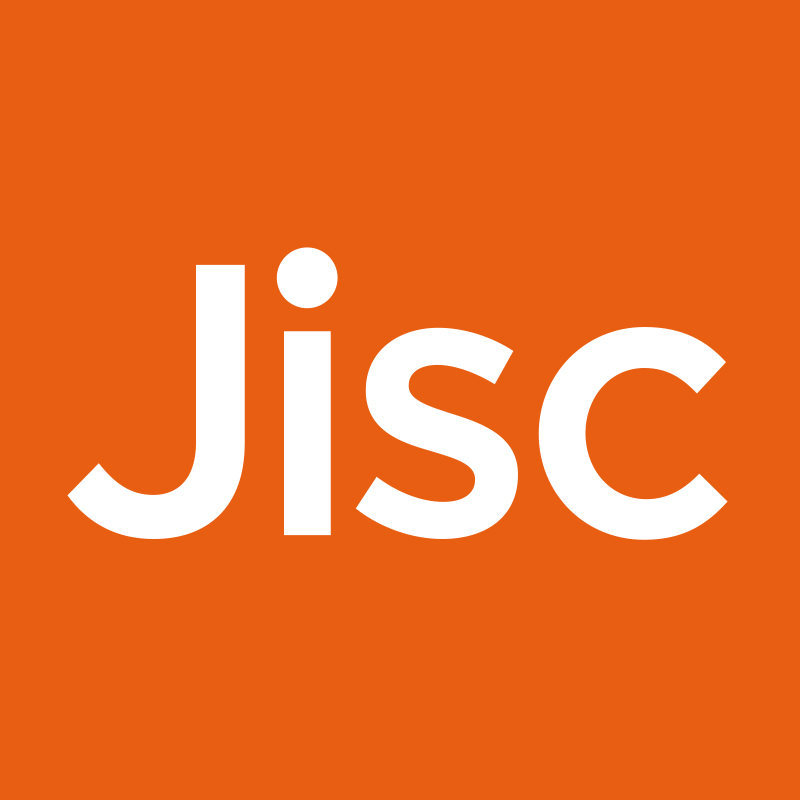Guest post from John Hindmarch, a PHD candidate at UCL’s Department of Engineering, reporting on 3D Scanning: Three-dimensional Artefacts from the Past, for the Future, held in Cambridge on 10 and 11 December 2012.
Every time I attend a conference – or any meeting of those involved with cultural heritage and scanning, I’m always impressed by the sheer variety of people involved and range of projects on view. The recent 3D Digitisation conference in Cambridge was no different: over the two days of the symposium we saw a diverse array of objects scanned and digitally reconstructed: a 16th century tomb, a 10,000 bce monument and fossils formed millions of years in the past and, astonishingly, a 3D model of a Martian dust avalanche. Fragments of ancient architecture, scattered amongst institutions all around the globe, have been reunited (virtually, at least) for the first time in hundreds of years, while entire buildings unseen for centuries have been brought back to life. With input from art historians, engineers, cultural heritage professionals, computer – and even space – scientists, the conference was testament to the extraordinary breadth of applications of 3D scanning and reconstruction technologies.
But what quickly becomes apparent is that the process of creating 3D models, along with the often bewildering array of technologies that can be used to do so, are no panacea, but simply another set of tools in the cultural heritage professional’s armoury. As many of the projects in this symposium clearly demonstrated, digitising a 3D object is not a trivial activity and can require considerable expertise as well as a large and expensive investment in both equipment and time. Therefore, the creation of 3D models – despite the temptations that these amazing technologies may place in front of us – should not be seen as an end in itself, but as a means to an end. Again, this conference was full of great examples of 3D digitisation being used in a purposeful and constructive way; to test hypotheses, refute previous claims and support new theories. Anna Thirion’s work on a French tribune used laser scanning to put forward a brand new (and convincing) theory as to its original construction, while the Leicester team’s fascinating work investigating the construction and history of the Howard tombs showed the potential of new technology to answer questions about the past. That, thanks to the work of Paul Bryan and his team, we can still be finding out new things about a monument as well known and well documented as Stonehenge again illustrates the possibilities. These and many other examples from the symposium show the power that this new technology has to aid academics and researchers in the cultural heritage sphere.
But of course, cultural heritage institutions tend to have two distinct remits; the preservation of, and research into, their collections, but at the same time they are also required to make these collections available to the public, and indeed, disseminate their knowledge and research. My particular research area involves the latter, specifically, how museums might use these new 3D technologies to better engage with the public and improve the accessibility of their collections. Thus many of the projects on show were of particular interest to me. Whether it’s putting Sheffield Museum’s collection of silverware online (and I am still in awe of Marcos and Mariza’s work in scanning such ‘uncooperative’ shiny metal objects), allowing the public to examine Santa Maria de Ripoll’s Romanesque portals close-up and in unprecedented detail or, in the case of the Howard tombs, combining laser scanning and 3D printing to allow the public to physically experience the puzzle of the tombs’ construction (and simultaneously conveying something of the academic process), the possibilities opened up by these new techniques is clear. Sometimes I think (with tongue firmly in cheek) that this technology is far too important to waste on academics; that it has the potential to fundamentally change the way the public experiences and relates to museum objects – but perhaps that is getting ahead of ourselves. First we should see what people come up with next year…
Finally, I would like to thank everyone at the conference for a fascinating two days, and particularly Phillip Lindley for organising the event.
